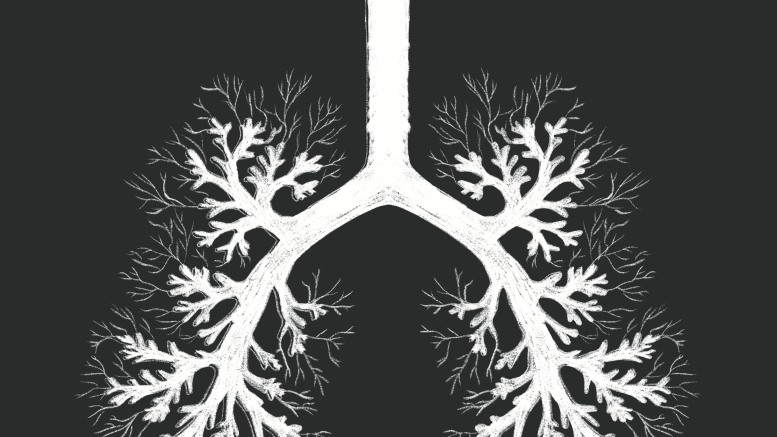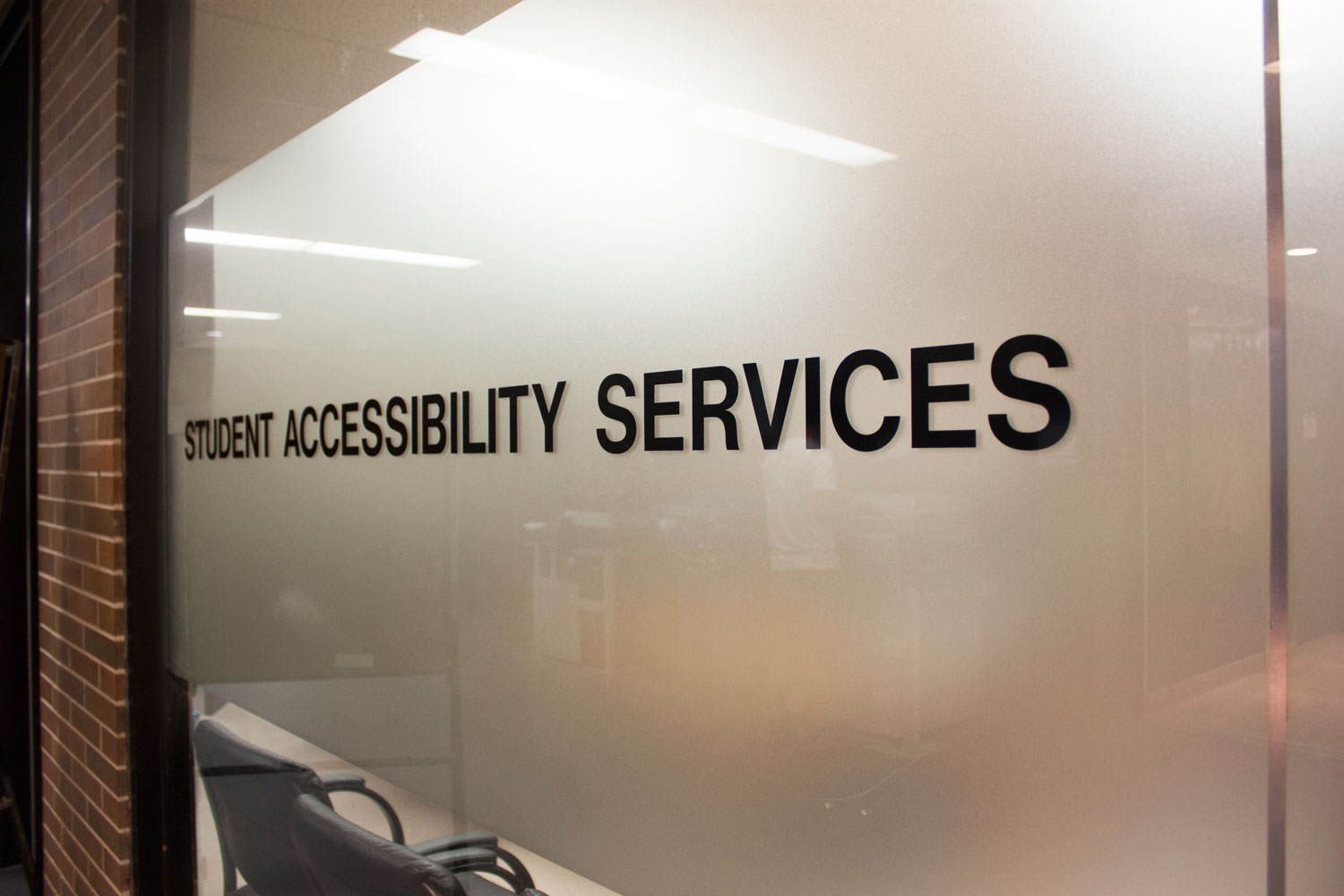One in every 5,000 babies experience persistent pulmonary hypertension (PPHN), a lethal condition that occurs when they are unable to get enough oxygen after being born. It is one of the leading causes of death among babies.
Shyamala Dakshinamurti, a professor in the U of M’s Max Rady college of medicine, began her career as a neonatologist, a doctor for newborn babies who need medical attention after birth.
“In the middle of the night, when I was working in the hospital, when I was a trainee, the thing that was the scariest for me were the babies that had pulmonary hypertension,” she said.
Dakshinamurti explained that humans have a large sized head for advanced cognition and a small pelvis to walk upright. Taken together, these two factors make for challenging and high-risk births.
While babies develop within their mothers’ wombs, their lungs receive a relatively low eight per cent of the blood pumped by the heart. As their mothers are breathing for them, their lungs only need enough blood to use for development and growth.
Once born, however, a baby’s lungs suddenly become much more important and must work independently to breathe. The lungs, preparing for a large supply of blood from the heart, must slowly dilate their blood vessels to reduce their resistance and allow more blood to enter. Usually, a baby will turn pink, cry and then receive oxygen, which is a trigger for the blood vessels to relax for blood to enter them. They can then begin breathing.
Sometimes, however, things can go wrong.
“A baby undergoes severe stress during the process of being born, even at the best of times,” Dakshinamurti said. “But if you’re stuck, which happens more often than you might imagine, then that baby becomes very sick, and if the blood vessels to their lungs don’t dilate, then that baby can breathe as much as he or she wants — they will not get oxygen, and this is lethal.”
This, she explained, is PPHN.
“Why did I go into research?” Dakshinamurti said. “Because you get very tired of answering these questions with ‘I don’t know.’ ‘I don’t know how to treat this baby.’ ‘I don’t know whether another drug will work.’ ‘I don’t know if there are any other drugs out there.’ ‘I don’t know if this baby’s going to get through the night.’”
In 2003, Dakshinamurti opened her lab where she began studying PPHN in animal and cultured cell models. She then examined the molecules that relax the lungs’ blood vessels when a healthy baby takes their first breath, allowing for blood flow to the lungs.
They found that the adenylyl cyclase molecule normally relaxes blood vessels, but one of its forms that circulates the lungs shuts off in the absence of oxygen. Dakshinamurti’s team is working to learn what activates the molecule in the first place, as well as why a lack of oxygen shuts it off.
Recently, they began designing a drug that might be able to reactivate the crucial molecule. Eventually, this work may lead to a drug that treats babies with PPHN.
Years after Dakshinamurti had begun studying PPHN, she returned to visit her aunt and uncle in India.
“Here I am, talking about pulmonary hypertension and what we’re thinking we might be able to do to solve it, and then I look at my aunt’s face and her eyes are full of tears,” she said.
Dakshinamurti’s aunt explained that her own son died of PPHN at three days old. While going into labour, her baby became stuck in the birth canal. Once born, no blood went to his lungs. His mother’s trauma left her unable to speak about the event, even to close family.
“It is so commonplace,” Dakshinamurti said. “It happens in every family. It’s a thing that you’re terrified about during birth, but it’s so traumatic that people don’t talk about it.
“What I realized then is that even though we don’t talk about some of these things, the need for research is huge because the disease is lethal and it leaves a mark in the family that can’t be erased.”





